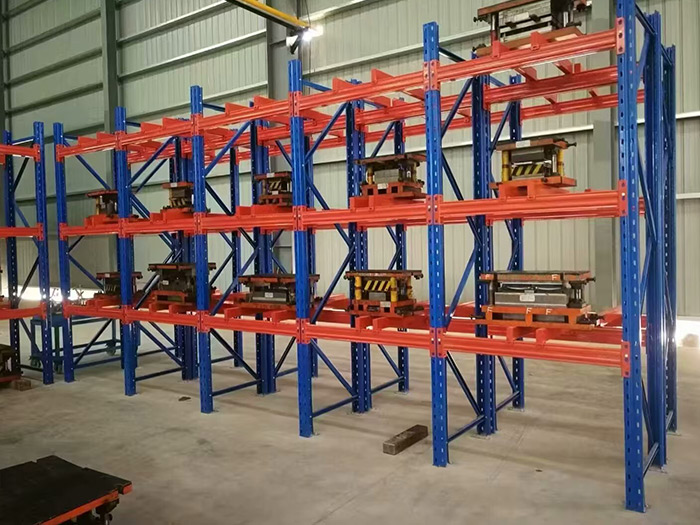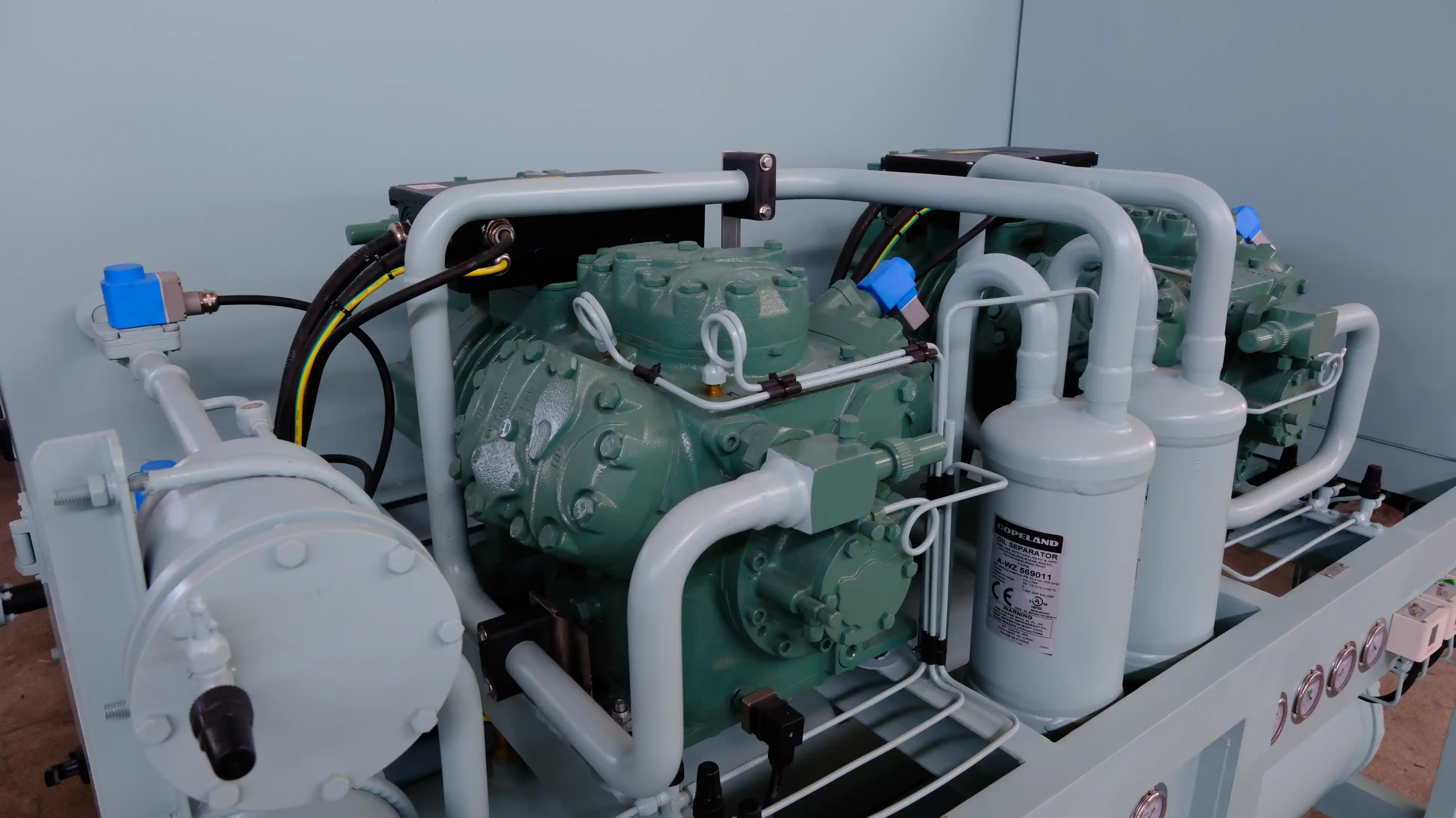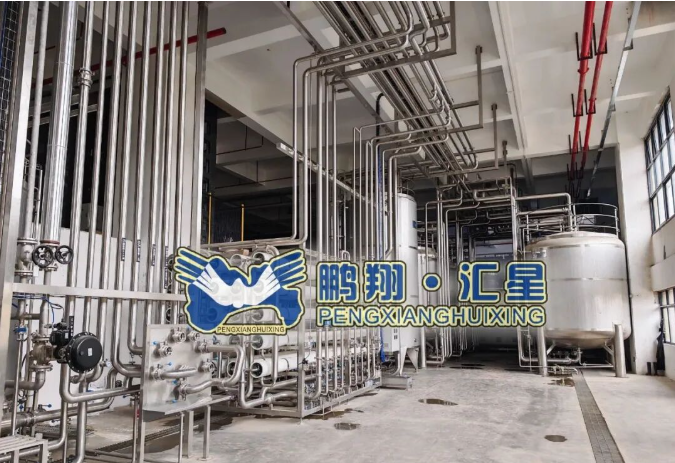Enduring Elegance: Exploring the Longest Lasting Exterior Cladding Options for Your Home
When it comes to home construction and renovation, one of the most critical decisions homeowners face is the choice of exterior cladding. Not only does cladding serve as a protective barrier against the elements, but it also significantly influences the aesthetic appeal and energy efficiency of a building. Among the myriad of options available, the question arises: what is the longest lasting exterior cladding? In this article, we will delve into various cladding materials, their longevity, maintenance requirements, and the factors that contribute to their durability.
Understanding Exterior Cladding
Exterior cladding refers to the material applied to the outer surface of a building, serving both functional and decorative purposes. It protects the structure from weather conditions, enhances insulation, and contributes to the overall design. The longevity of cladding materials can vary significantly based on their composition, installation quality, and environmental conditions.
Top Contenders for Longevity
- Fiber Cement Siding
Fiber cement siding has gained immense popularity due to its remarkable durability and low maintenance requirements. Composed of cement, sand, and cellulose fibers, this material is resistant to rot, insects, and fire. When properly installed, fiber cement siding can last over 50 years, making it one of the longest-lasting options available. Additionally, it can mimic the appearance of wood or stucco, providing versatility in design. - Vinyl Siding
Vinyl siding is another widely used cladding material, known for its affordability and ease of installation. While it may not match the longevity of fiber cement, high-quality vinyl siding can last up to 40 years with proper care. It is resistant to fading, peeling, and cracking, making it a practical choice for many homeowners. However, extreme temperatures can affect its performance, so selecting a reputable brand is crucial. - Brick and Stone
Natural materials like brick and stone are renowned for their durability and timeless appeal. When properly maintained, brick can last over 100 years, while stone can endure for centuries. These materials are resistant to fire, pests, and weathering, making them an excellent long-term investment. However, the initial cost of installation can be higher compared to other cladding options. - Metal Siding
Metal siding, particularly aluminum and steel, is gaining traction for its modern aesthetic and longevity. With a lifespan of 40 to 70 years, metal siding is resistant to rot, fire, and pests. It requires minimal maintenance, although it may be prone to denting and corrosion if not properly coated. The reflective properties of metal can also enhance energy efficiency by reducing heat absorption. - Wood Siding
While wood siding offers a classic and warm appearance, its longevity is heavily dependent on maintenance. Untreated wood can last around 20 to 30 years, but with proper sealing and regular upkeep, it can endure much longer. The choice of wood species also plays a significant role; cedar and redwood are naturally resistant to decay and insects, making them preferable options for longevity.
Factors Influencing Longevity
Several factors can impact the lifespan of exterior cladding materials:
- Climate: Extreme weather conditions, such as heavy rainfall, snow, or intense sunlight, can accelerate wear and tear. Choosing materials suited to your local climate is essential for maximizing longevity.
- Installation Quality: Proper installation is crucial for ensuring the durability of cladding. Poorly installed materials can lead to water infiltration, mold growth, and structural damage.
- Maintenance: Regular maintenance, including cleaning, sealing, and inspections, can significantly extend the life of cladding. Homeowners should be proactive in addressing any signs of damage or wear.
Conclusion
In the quest for the longest lasting exterior cladding, homeowners have a variety of options to consider. Fiber cement siding, brick, stone, and metal siding stand out as top contenders for durability, each offering unique benefits and aesthetic appeal. Ultimately, the choice of cladding should align with your design preferences, budget, and the specific environmental conditions of your location. By investing in high-quality materials and ensuring proper installation and maintenance, you can enjoy a beautiful and resilient exterior that stands the test of time.



